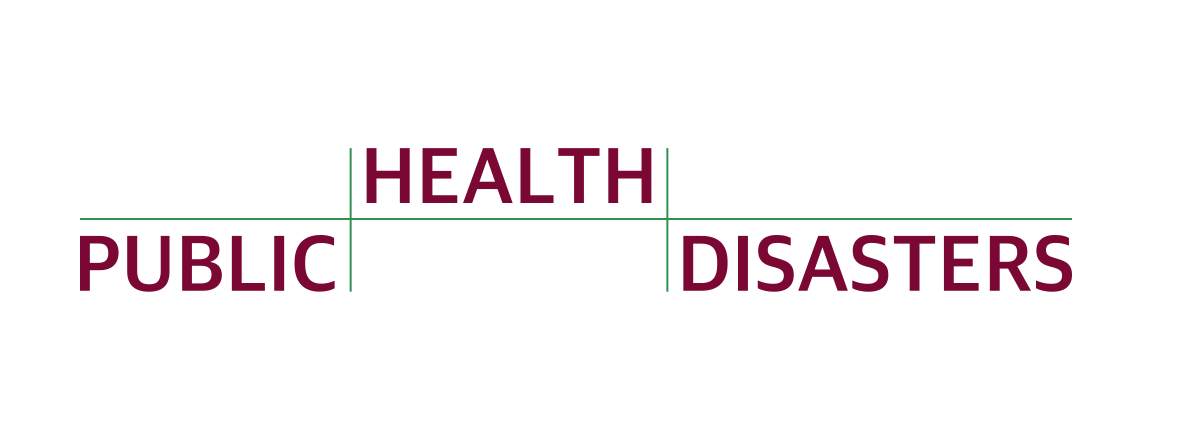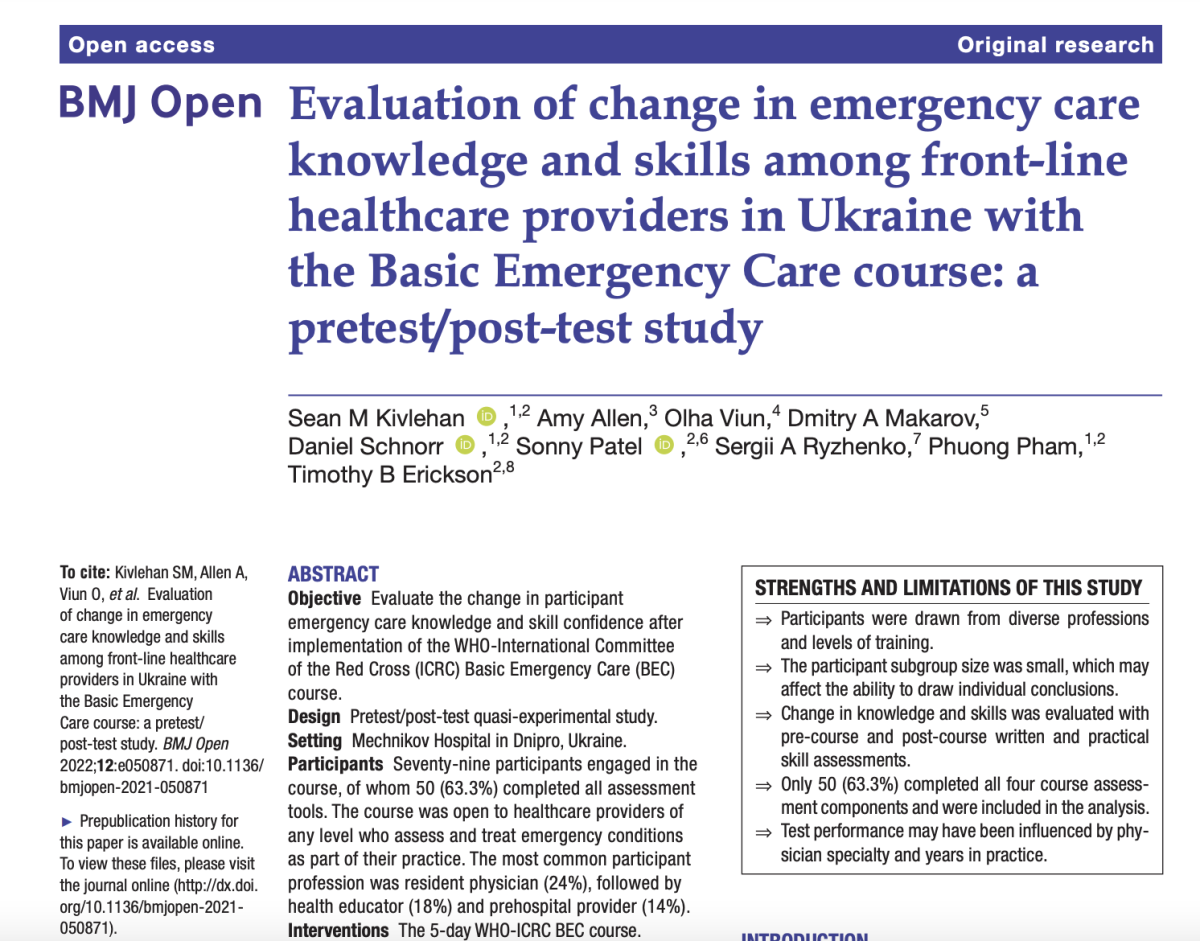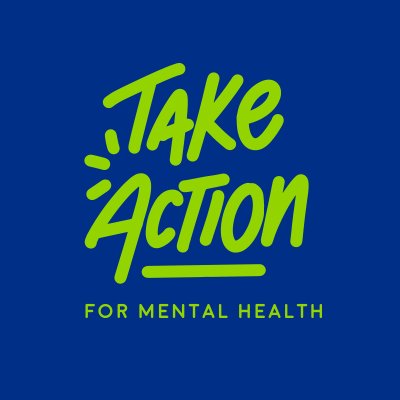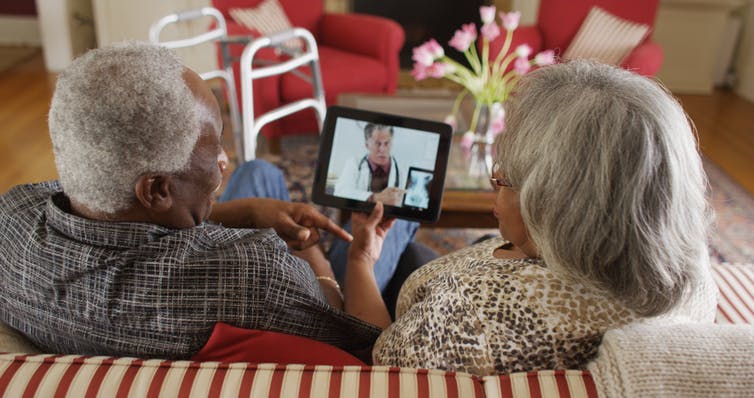Peek Inside today’s A Clean Bill of Health Newsletter:
– US President Biden approved State of Montana’s request for a major disaster declaration, which sets in motion federal aid for the three counties devastated by severe flooding in Yellowstone Park, per The Washington Post.
– LinkedIn News Top 25 Healthcare companies to grow your career:
1. Kaiser Permanente | 2. Arthrex | 3. Parexel | 4. athenahealth | 5. Teladoc Health | 6. Walgreens Boots Alliance | 7. MicroVention-Terumo | 8. The Johns Hopkins University School of Medicine | 9. CVS Health | 10. City of Hope | 11. ZEISS Medical Technology | 12. Hologic, Inc. | 13. Allscripts | 14. UnitedHealth Group | 15. Galderma | 16. Avanos Medical | 17. Curology | 18. UChicago Medicine | 19. Varian | 20. University of Maryland Medical Center | 21. The Janssen Pharmaceutical Companies of Johnson & Johnson | 22. Nevro | 23. Medtronic | 24. Pfizer | 25. Elanco
Which company should I visit this Summer? Help me and tag people in the thread!
– Latest review on the impact by COVID-19 lockdown on the performing and creative artists in the entertainment industry was just published in Elsevier Social Sciences & Humanities Open Journal.
– Next Week Free Webinar on Tuesday, June 28 at 1 PM EDT with researchers and practitioners University of Washington, US Maritime Administration, Centers for Disease Control and Prevention, and WESTON MEDICAL PUBLISHING, LLC in the mental health area and in the maritime industry
Our newsletter community is growing and thank you for your emails, comments, and messages! We are building a newsletter that constantly empowers and connects all the various ways we strive for a clean bill of health.











